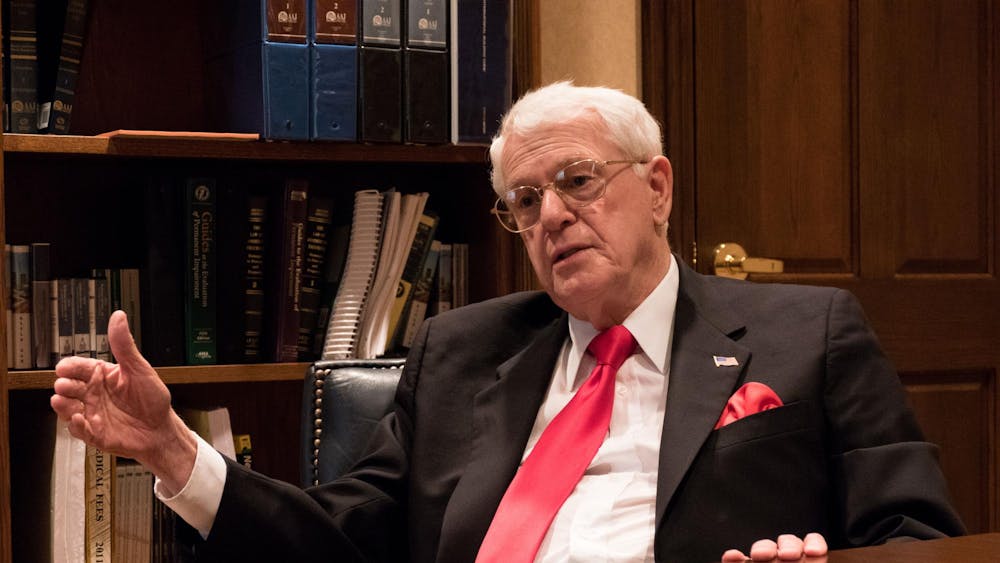TERRE HAUTE – Indiana State University President Lloyd Benjamin is promising to help students, who were upset by the discovery of a rope resembling a noose in a campus tree, push hate crimes legislation in the General Assembly next session.\nBenjamin, who condemned the Oct. 25 noose incident at the Terre Haute campus, has encouraged students to carry out their plan to circulate a petition on hate crimes legislation.\n“I pledge to work with you in carrying that petition forward to our Legislature and to push for its passage this legislative session,” he said in a recent letter to the Tribune-Star.\nOfficials are investigating the noose incident as a possible hate crime.\nThe rope was reported to be hanging in a tree near Hines Hall in the center of the Terre Haute campus about noon on Oct. 25. ISU officials notified police and the FBI about the discovery.\nThe incident led to a town hall meeting attended by about 400 people, primarily black ISU students. Benjamin said in his letter that ISU must “address with renewed effort” the underlying issues raised by the incident.\n“Our university community was disgraced by the placement of a noose, one of the most offensive symbols of racial hatred and ignorance, in a tree on our campus. I have no tolerance for this disturbing act,” he wrote.\nNooses, racially charged symbols of the lynching violence of the segregation era, have turned up in recent months in a high school courtyard in Jena, La., on the office door of a black professor at Columbia University, in a tree at the University of Maryland and in a Coast Guard cadet’s bag.\nBenjamin wrote that he was proud of ISU students, faculty and staff who reacted properly.\n“I am particularly proud of our African American students, for whom this symbol is particularly offensive, for reacting with such calm demeanor and appropriate, justified anger,” he wrote. “They were more focused on dealing with the issues behind this symbol than on satisfying the impulsive need for immediate justice. The willingness to work through this issue rather than reacting without the benefit of reason has completely undermined the reaction intended by the perpetrators.”
After noose incident, ISU president vows to push for hate crime legislation
Segregation symbol found in tree on Oct. 25
Get stories like this in your inbox
Subscribe





